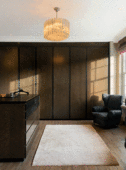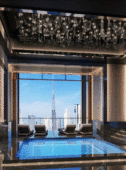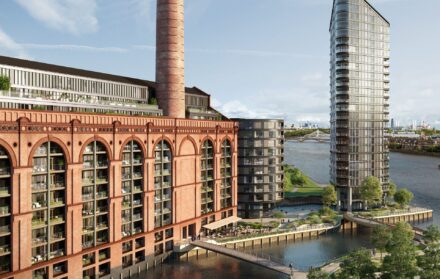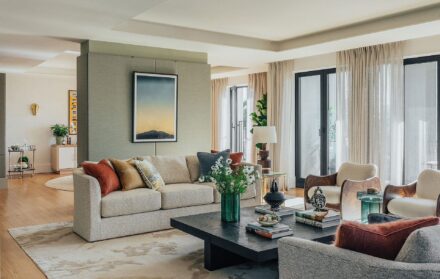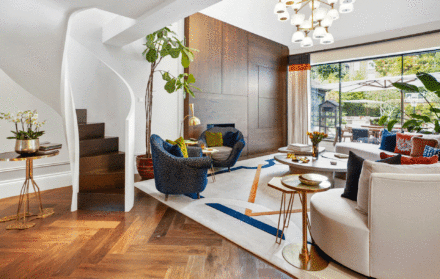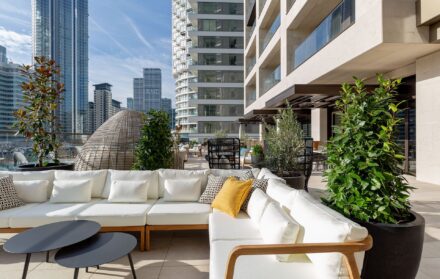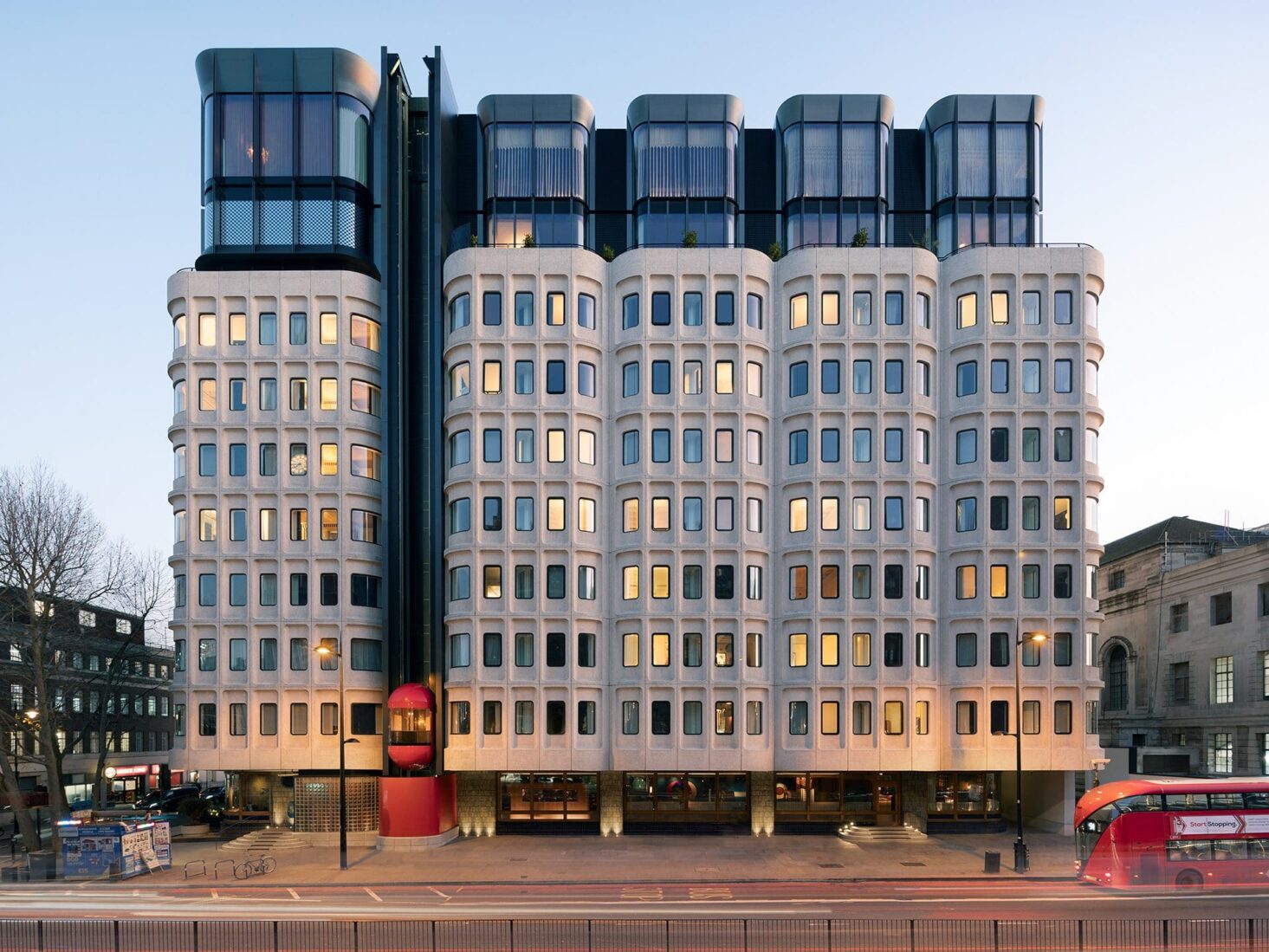
Brutal London: why does brutalism invoke such strong opinions?
Brutalism was meant to represent a new Britain; a fairer country built on equality and opportunity. But in little more than half a century, brutal Britain was being demolished
The age of brutalism was short-lived. Heralded in the 1950s as a utopian ideal of the future, and with the backing of the Labour government of the time, it represented a new Britain; one that would place great importance on equality and egalitarianism. Brutalist architecture would come to represent the welfare state, signalling to the rest of the world that Britain was forward-thinking in creating affordable social housing and exciting new event spaces, following the destruction wrought by the Second World War.
But in just over half a century, brutal Britain began to be torn down. Some buildings didn’t even last that long. The vast Robin Hood Gardens estate in Poplar began its demise in 2017, just 45 years after it was first erected. Why the haste? Well, put simply, no other style of architecture has faced such severe criticism as the modernist style of brutalism.
One of its most famous critics is Prince Charles. He denounced the movement in 1984 at a talk celebrating the 150th anniversary of the Royal Institute of British Architects, when he described the proposed modernist extension to the National Gallery as “a monstrous carbuncle on the face of a much-loved and elegant friend.” And then there was John Hayes, a conservative MP who believed the “overwhelming majority of public architecture built during [his] lifetime is aesthetically worthless, simply because it is ugly”. He also proffered in the same 2016 speech: “Be warned! The descendants of the brutalists still each day design and build new horrors from huge concrete slabs to out-of-scale, rough-hewn buildings and massive sculptural-shaped structures which bear little or no relationship to their older neighbours.” A reluctance to move on? It was perhaps the opposite.
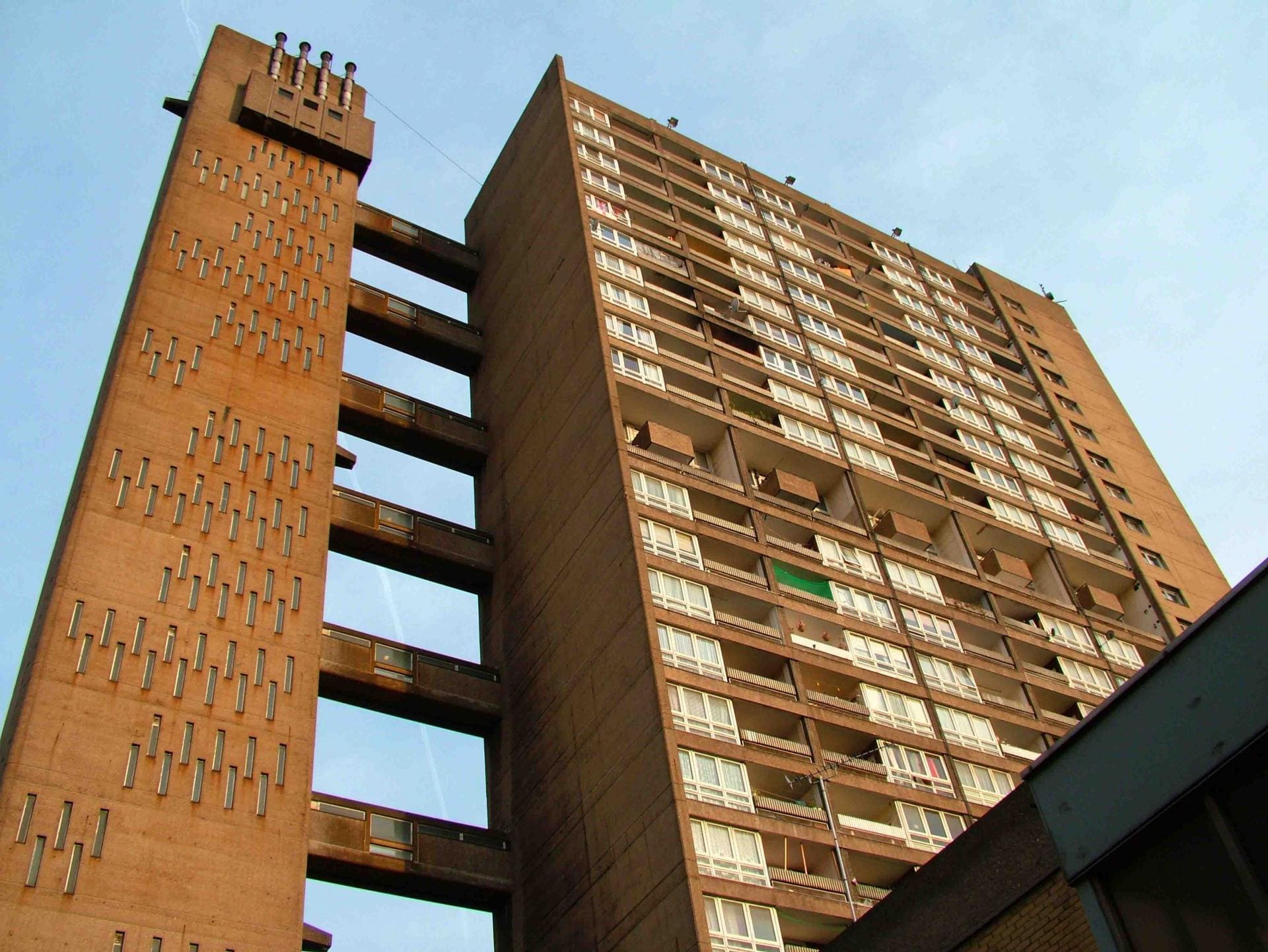
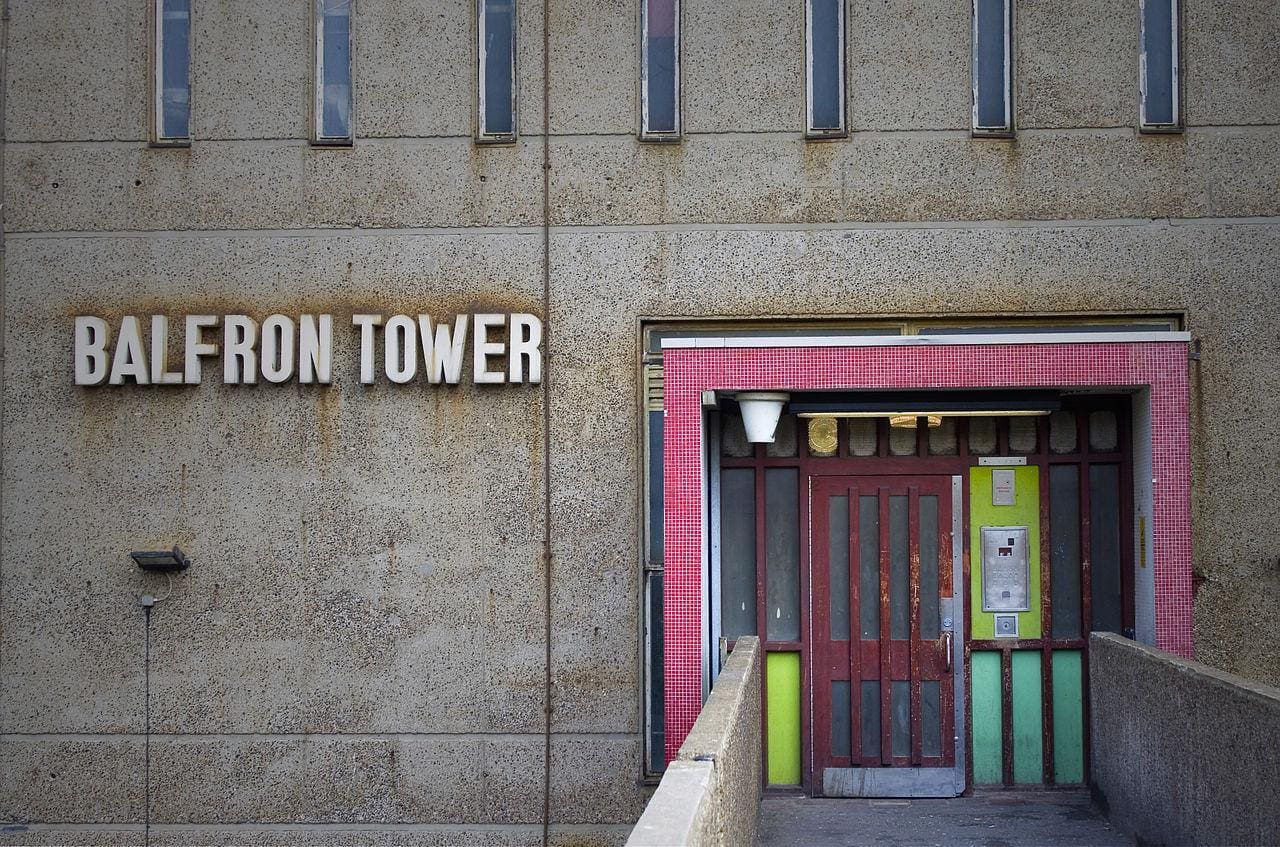
It makes sense for the conservatives to be anti-modernist architecture. The very notion of the movement began under the 1945 Labour government, who saw it as a way of introducing social housing to the masses. It was part of their overhaul of post-war life with the introduction of the welfare state and the birth of the NHS. The constant sight of these buildings today is a stark reminder of that time, when optimism was high and social mobility was seen as a right rather than an aspiration. That idealistic vision never fully materialised in Britain, so brutalism, and specifically brutalist tower blocks, while being divisive in their appearance, have also earnt negative connotations that many find difficult to forget.
But there are others who appreciate and value this unique architectural style and what the buildings represent. This renewed interest in the last two decades has meant that some of London’s brutalist buildings have been given listed status, placing them alongside – on paper at least – the capital’s more traditionally popular structures. Goldfinger’s infamous 1972 Trellick Tower, for example, is Grade II listed putting it in the same category as Battersea Power Station and The Ritz Hotel.
But, this new found glory has meant that property prices in some of the more notable blocks have surged to unfeasible levels, and the very purpose for which these buildings were designed – to be affordable and accessible – no longer stands. A two-bedroom apartment in Trellick Tower, for example, sold for £720,000 in September 2019, and its sister building, Balfron Tower, has been regenerated into luxury flats, forcing out existing residents in the process. Photographer Rab Harling made a short film about Balfron in which he interviewed former tenants, giving them a voice that wasn’t listened to by developers. “I remember signing a letter saying that if [you] wanted to, after refurbishment, you could go back to Balfron”, Cindy, a resident of the tower for 25 years, told him. She wasn’t allowed back.
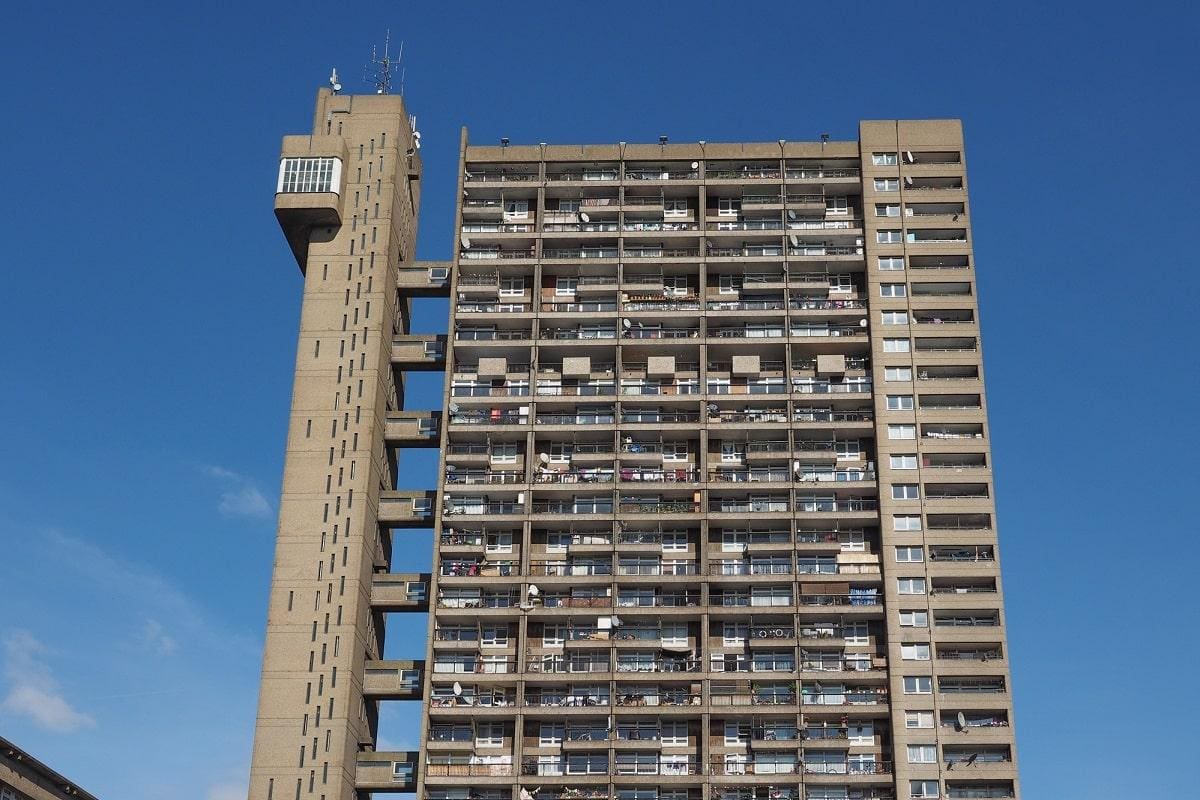
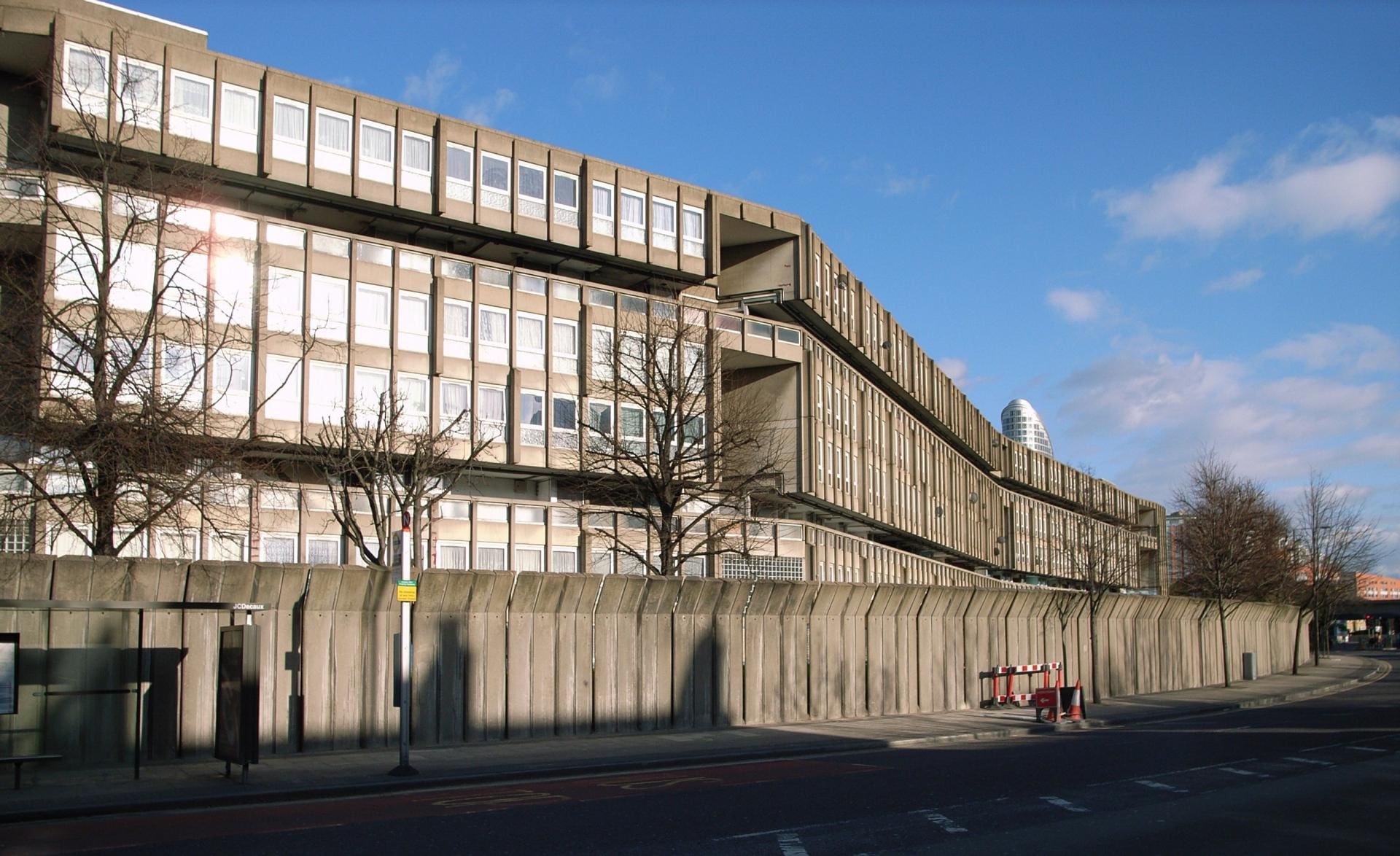
Brutalism wasn’t just used for high-rises, though. With the Alexandra Road estate, completed in 1978, architect Neave Brown saw the architectural style as a way to construct a modernist vision of a terraced street. Its architectural merits – although chastised for its expense during the time of construction – was recognised early, becoming the first post-war council estate to be listed in 1993. As was the case with its high-rise cousins, the flats in the Alexandra Road estate were designed to be egalitarian, a notion that holds true with the majority of Brutalist housing.
Architectural consultant Dickon Robinson summed this up well in Tom Cordell’s documentary, Utopia London: “Every apartment is given exactly the same weight. It’s a way of indicating that everyone is equal. Nobody had a better apartment than anybody else, nobody had a bay window and somebody didn’t. Everybody was subservient to this big pattern.” By the 1980s, London was subservient to it too.
The Alexandra Road estate survived, but other brutal landmarks haven’t. There was the aforementioned Robin Hood Gardens, a huge expanse of social housing in Poplar which met its demise in 2017 against fierce opposition from the likes of Zaha Hadid and the V&A. The latter acquired a three story section of the building to display in a gallery setting – a small victory for the preservation of design and culture. There was the Heygate estate in Elephant & Castle, destroyed in 2014 to make way for the £2.3 billion regeneration of the area. And more recently Welbeck Street car park situated behind Oxford Street was torn down in 2019 to make way for a hotel. Its highly distinctive facade was made up of a geometric diamond pattern of pre-cast concrete that hypnotised with its repetition like the work of M.C. Escher.
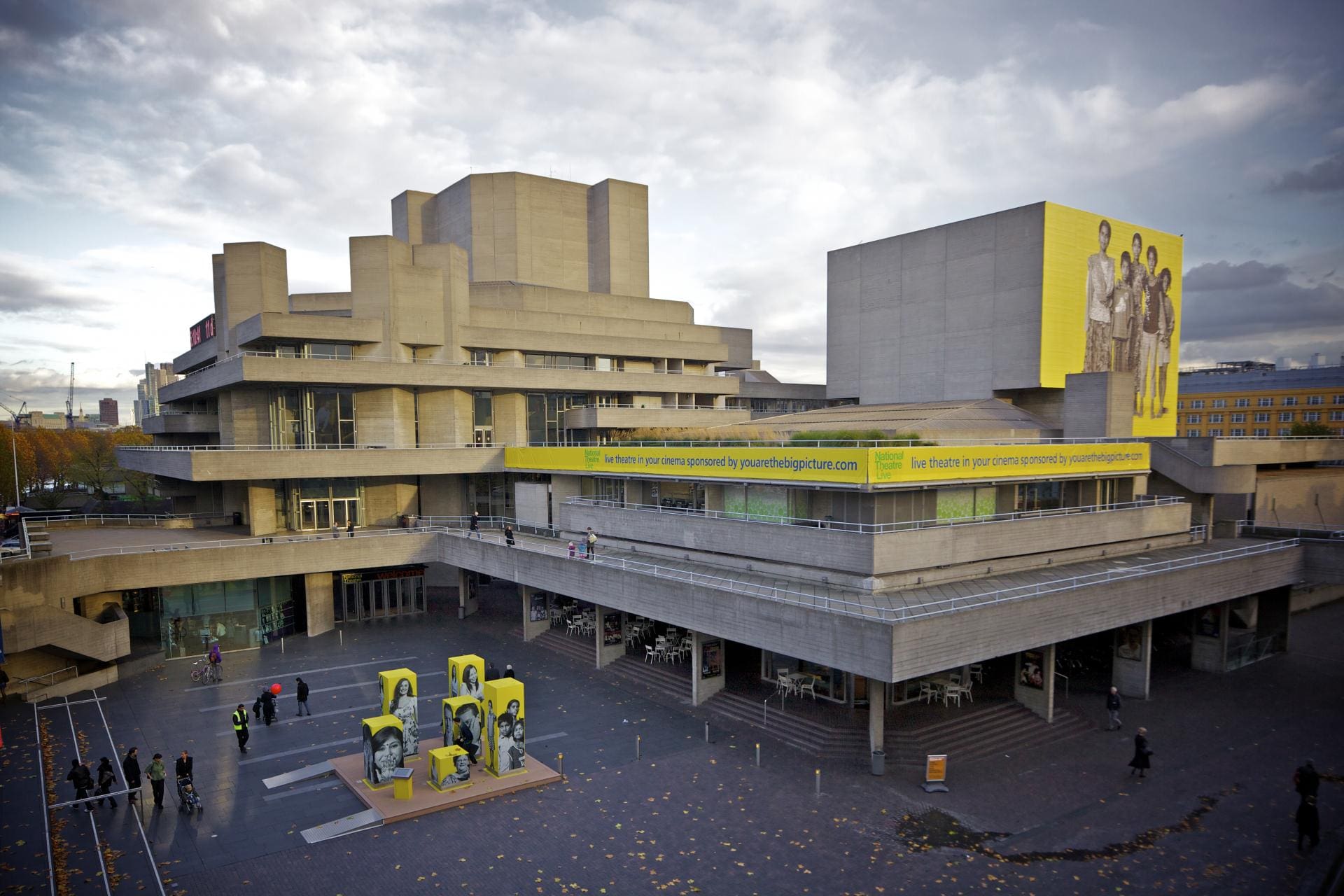
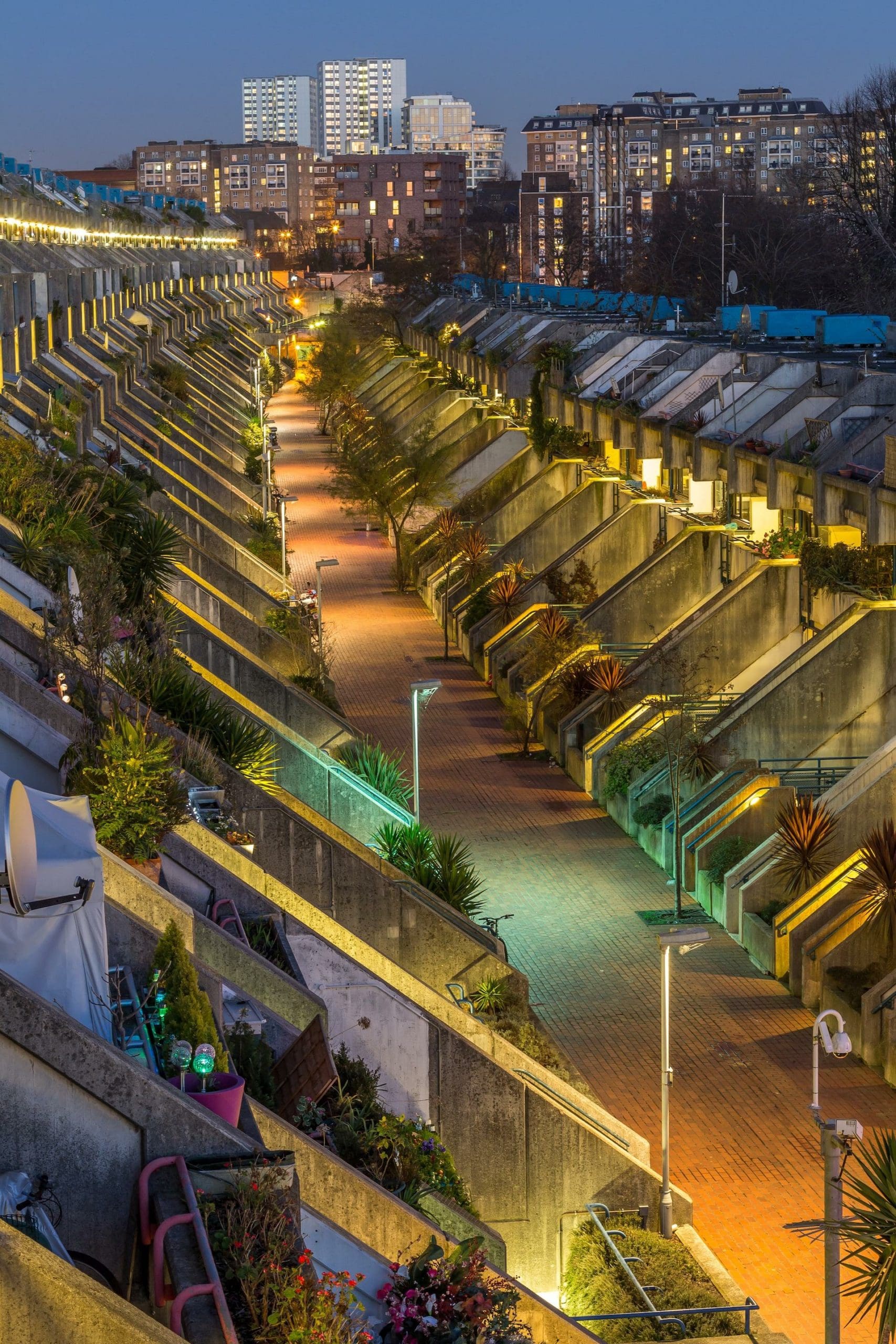
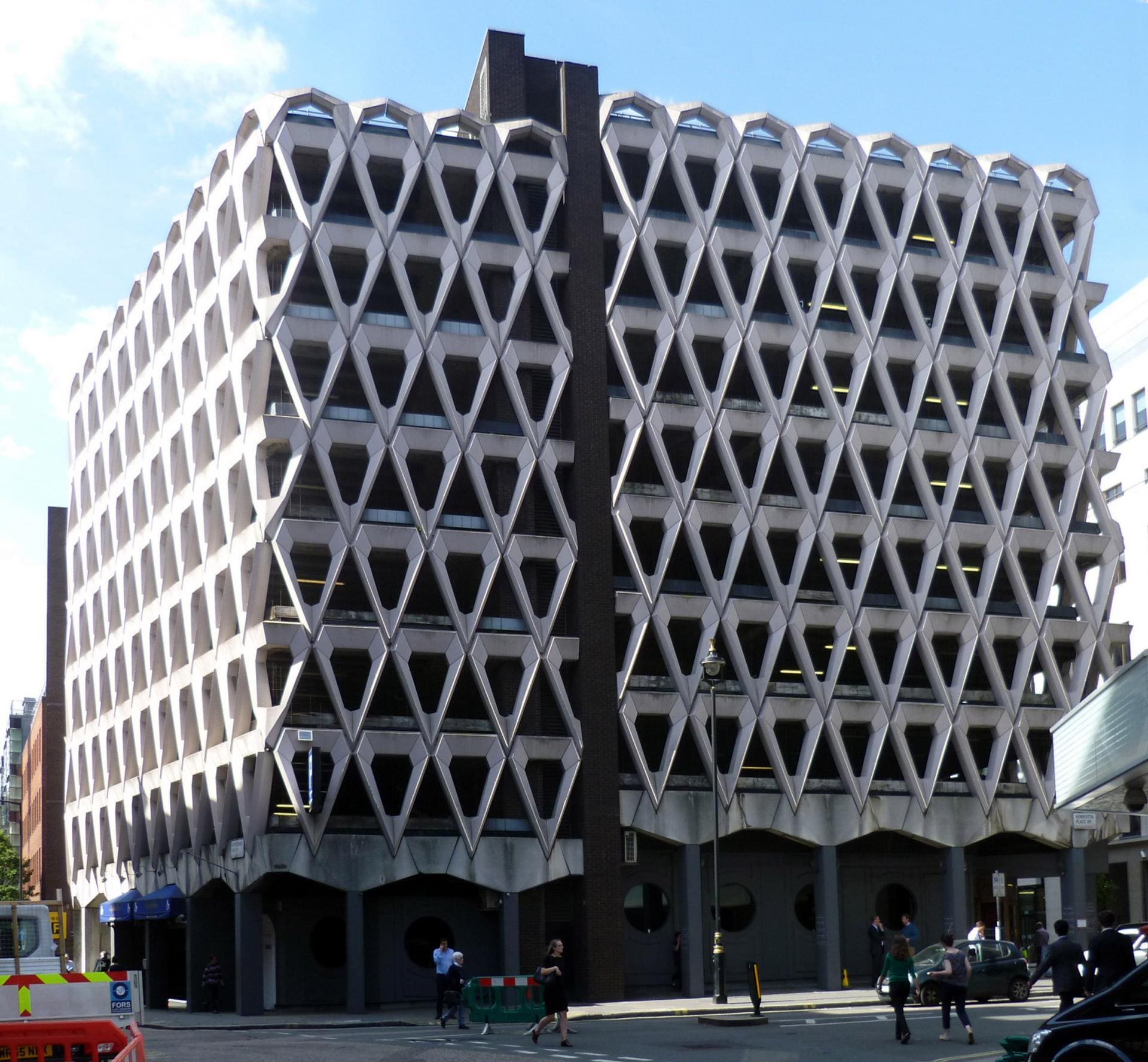
The destruction of these buildings raises plenty of questions about the environmental and societal cost. Like Robin Hood Gardens, Welbeck Street car park didn’t even last 50 years, such is the nature of the disposable London cityscape. In a world that’s made throwaway culture profitable, and where resources are decreasing and energy and materials are highly valued, it’s hardly responsible to destroy a perfectly usable building, let alone one that is architecturally significant. But this is the future of many of London’s brutalist icons, according to David Navarro, co-founder of architecture publisher Zupagrafika.
“Despite all the positive attention modernist and brutalist architecture has gained over the last decade, the future of most of these constructions is still uncertain. In many cases it still depends on the real estate market demands and local governments who struggle with their maintenance. Consequently, they are either being doomed to demolition, negligence or renovation with little respect towards their original design.”
Of course, not all brutalist architecture is doomed, with some celebrated more than others. The Southbank Centre complex, including the Hayward Gallery, Queen Elizabeth Hall and Royal Festival Hall, and the adjacent National Theatre are marvels of engineering that have become icons of the city, both architecturally and culturally where they play host to numerous plays, shows and exhibitions every year.
The Barbican estate too, is a much-loved cluster of buildings located just outside the City of London. It was conceived as a self-contained city-within-a-city, built on a 35-acre site decimated by bombing during WWII, but unlike other post-war London estates, the Barbican was never intended as social housing – instead it was designed for young professionals working in the city, an interesting point when you consider how it’s viewed today.
Perhaps thanks to the greater appreciation of Brutalism today, or maybe due to environmental issues related to demolition, some developers are indeed looking to re-use rather than replace. The former Camden Town Hall Annexe, a 1974 brutalist building located in the heart of King’s Cross was, in 2019, converted into a luxury hotel, saving the building from turning into rubble.
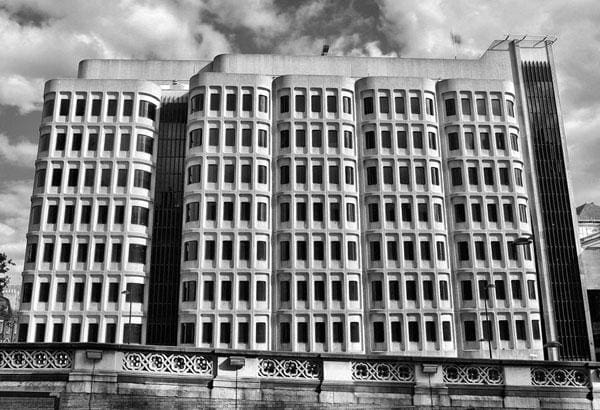
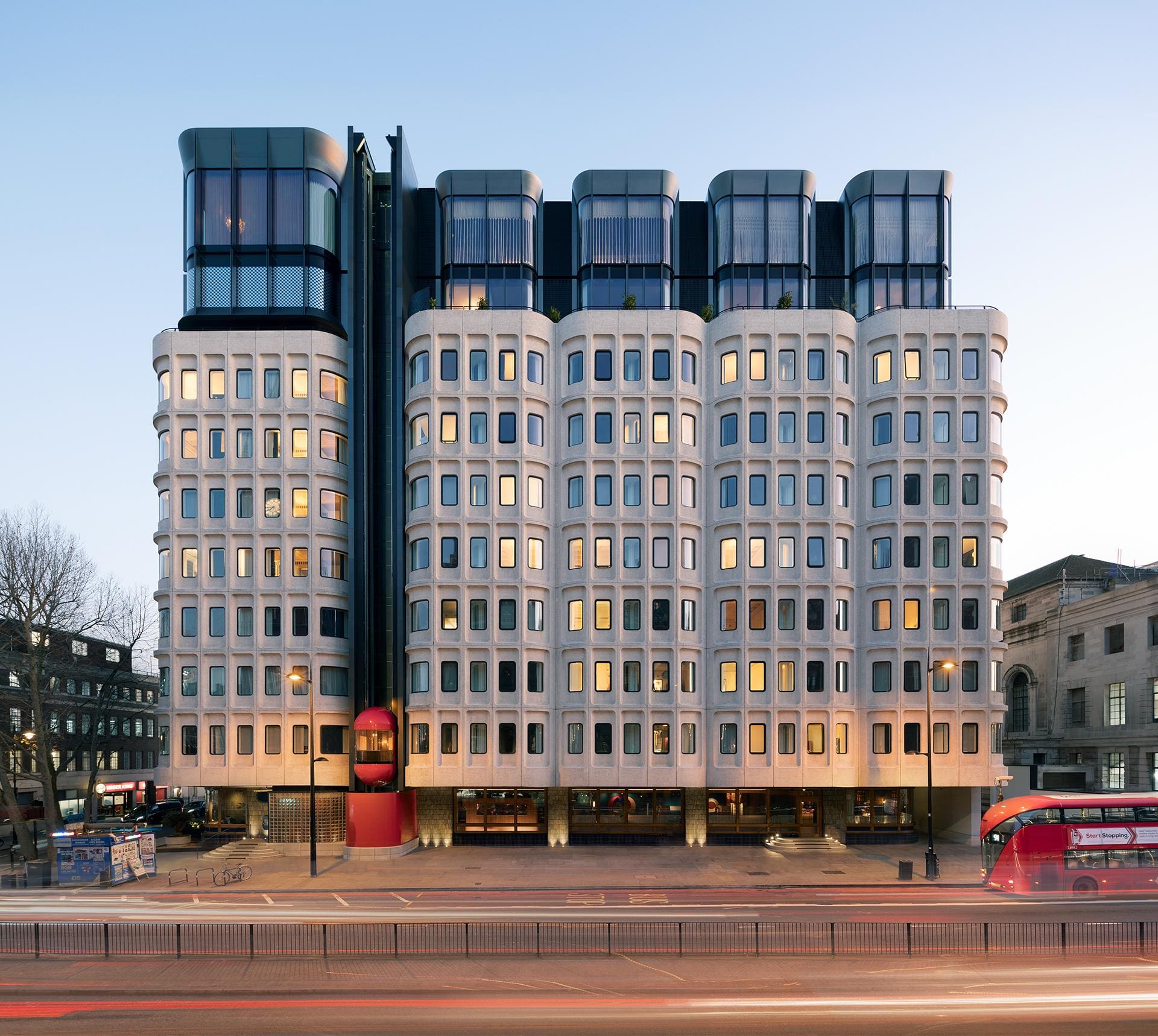
“The Standard had been searching for the right building in London for many years and suddenly the stars aligned; the brutalist façade of the Camden Town Hall Annexe already looked like a Standard and was perfectly located at the center of the compass as far as London is concerned”, says Bruce Robertson, Managing Director of The Standard, London, which took over the building.
“In Crosstree, we found a development partner with a shared commitment to our vision, their bid for the building was the only proposal that didn’t involve demolishing the existing building. Demolition would have been quicker and cheaper but would have been a crime against brutalism and environmentally irresponsible.”
The Standard has modernised the property, adding a glass-heavy rooftop extension and, ingeniously, a red pill-like exterior lift, and it works. The building still stands, the additions respect its original form and a piece of the 1970s is elegantly brought into the 21st century.
This is a successful reincarnation for a building. It was recycled, a sustainable option that didn’t directly impact anyone’s living situation. But, as is the case with Balfron, the gentrification of brutalism has hit hard. London itself is brutal in the pace that it moves, but will we regret the way in which we’re handling some of our most important mid-century architecture? Surely, a building, not yet 50-years-old deserves to mature with a longer lease of life? Surely, in a city amid a housing crisis, buildings designed for those on lower incomes should remain as such? Whatever your opinion of brutalism, it has raised many questions that will likely continue to be unanswered for years to come.

